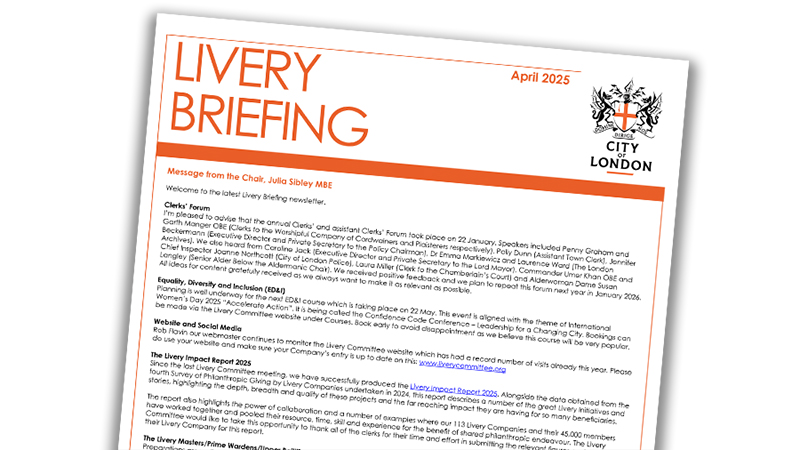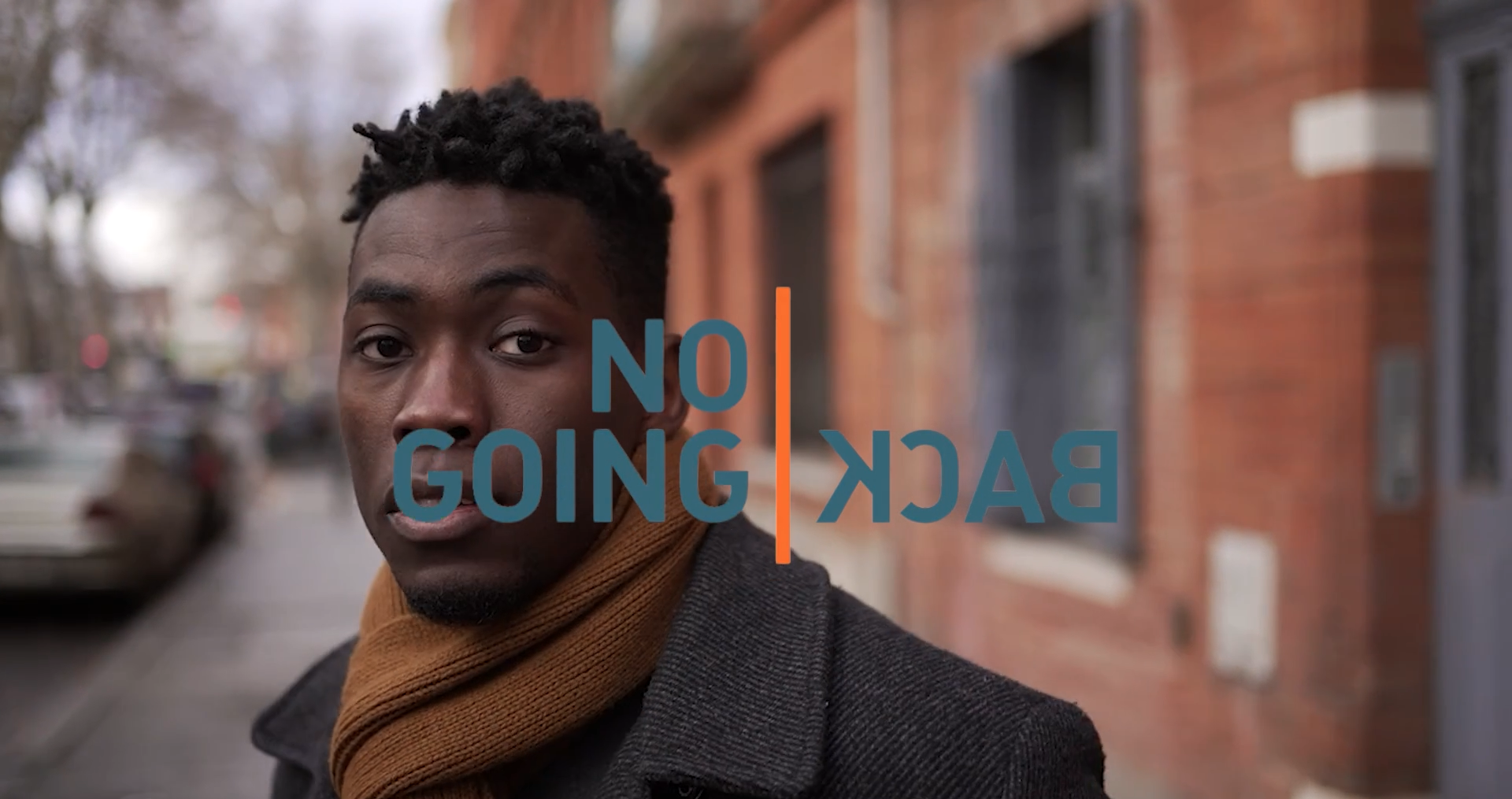Three months after our visit in January to Britain’s oldest factory, the Whitechapel Bell Foundry cast its last batch of tower bells on 22nd March for the Museum of London before disposing of its
bell tuning machines, furnaces and lathes in an industrial auction at the end of April.
The living history we were so lucky to see has come to an end, its critical parts dispersed to different companies, a museum and archives.
The Grade II* listed façade on London’s Whitechapel Road will be preserved of course, and the factory buildings repaired and repurposed. Whitechapel tower bells will in future be cast by Westley Group Ltd. Whites of Appleton, Church Bell Hangers, has bought the pattern equipment and a tuning machine so that with expert consultancy from Whitechapel they can continue tuning church bells. The hand bells have gone to Bells of Whitechapel, the records to the London Metropolitan Archives, and the Museum of London will display its old machinery and other artefacts.
The Whitechapel Bell Foundry was where the 13½ ton Big Ben was made for the clock tower at the Houses of Parliament. The 5½ ton Great Tom in Lincoln, and 10¾ ton Great Peter at York Minster were also cast here. After World War Two, the foundry provided new bells for several London City churches damaged in the Blitz, including the famous Bow Bells and the Oranges and Lemons bells at St Clement Danes in the Strand. America’s Liberty Bell was cast here, and following the 9/11 twin towers attack in New York, a bell was given by the City of London to the City of New York.
The Whitechapel Bell foundry was established in 1570, according to the sign on the door, and 443 years ago the sign of the three bells, the stamp of Robert Mot, Master Bell Founder, proclaimed a bell’s origin as the Whitechapel Bell Foundry. The foundry claims an uninterrupted line of descent from Robert Mot. But the line of master founders goes further back to Robert Chamberlain of Aldgate in 1420, and continues forward to the last Master Bell Founder, Alan Hughes. Alan and Kathryn Hughes took over the business in 1997 from William Doulas and Alan Hughes.
Some of the equipment and machinery in the factory was modern, the electronic bell tuner, for example. But many of the tools and methods had hardly changed in hundreds of years. It’s a highly skilled business and the quality is superb. The quality, together with falling demand for new churches and new bells, has been the problem. Repair and refurbishment has been an important part of the business, but these bells were built to last. Some of the bells cast by Robert Chamberlain in 1420 are still being rung today! Alan Hughes showed us how to make a bell from the patterns and moulding, the casting and tuning, the fine joinery in making the beautifully crafted hardwood frames, and finally in hanging the bell.
The tour ended with drinks and buffet in the adjacent Foundry House, hosted by the Hughes family.
As a group we were entranced by the atmosphere and the astonishing craft and continuity of purpose over the centuries. It’s ironic that while the foundry is now history, its bells will probably still be pealing and in tune centuries from now. Personally, I felt immensely fortunate to have had the opportunity to see Britain’s last working bell foundry before its sad end.



